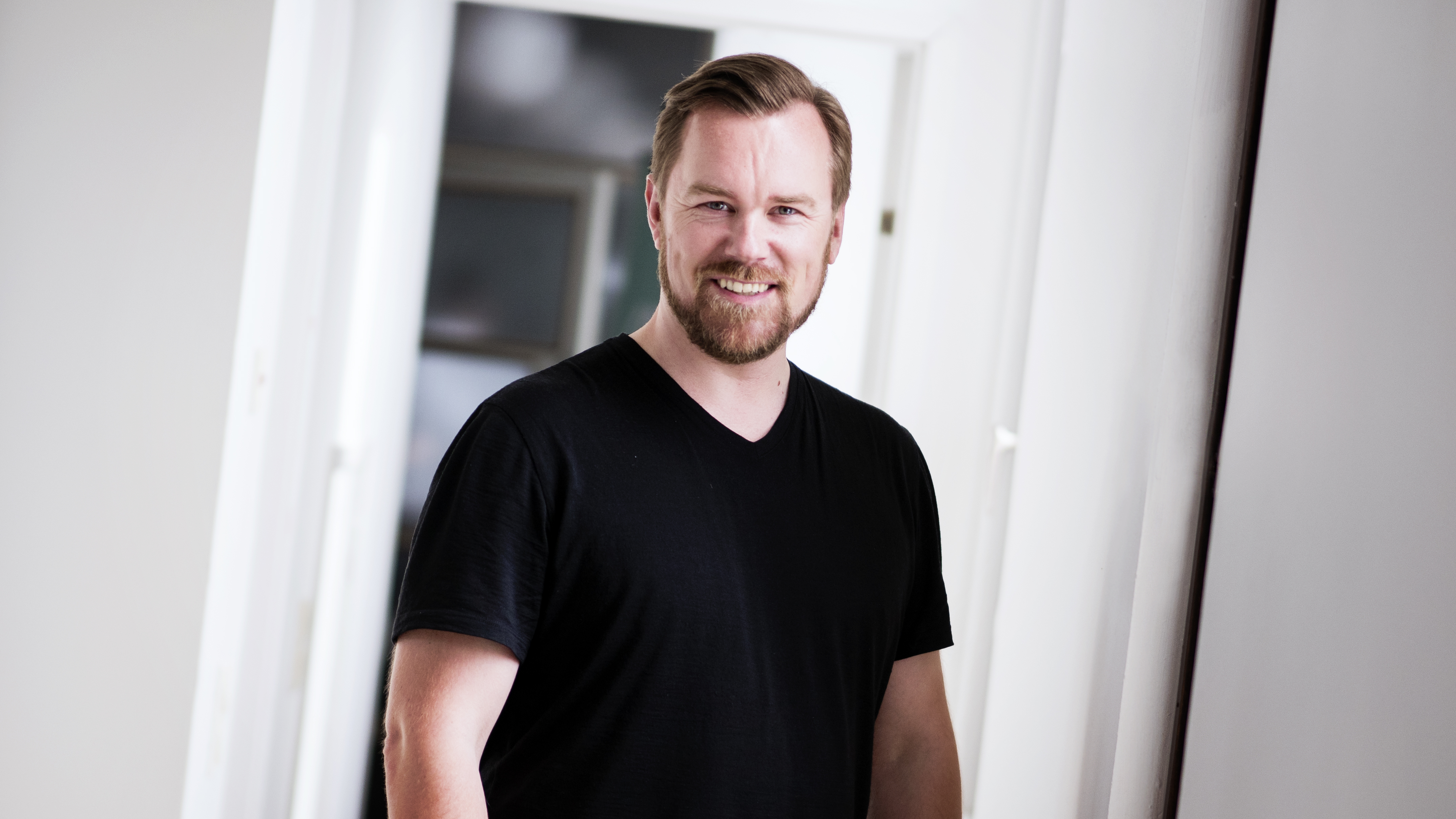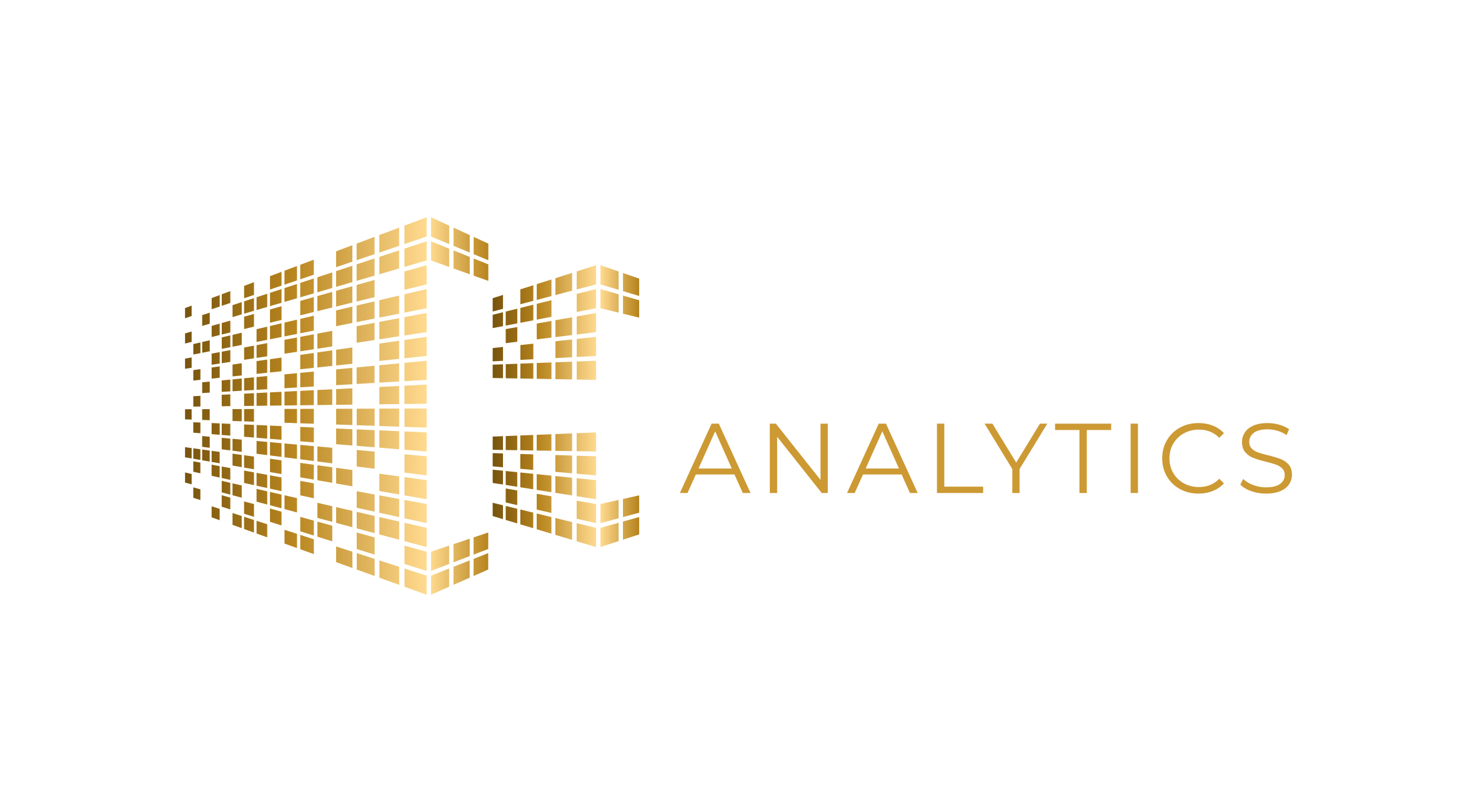Personalization has been all the rage in retail over the past few years.

Sophia Matveeva sums it up in Forbes, Five trends driving the future of retail:
In short: Knowing your customers and their needs helps offering them personalized experiences a.k.a. selling what they want to buy.
In another article from Forbes, Bernard Marr writes about The Top 10 Technology Trends In Retail: How Tech Will Transform Shopping In 2020:
Simply put: Understanding consumer purchasing behavior to address their needs.
Daniel Newman continues the same narrative in Forbes’ Top 5 Digital Transformation Trends In Retail For 2020:
“Listening” what consumers like and what they want and offering exactly that.
What is personalization in retail?
Here’s how Ted Vrountas describes personalization:
“Personalization in retail is the process of using personal data to provide tailored experiences to shoppers of products in a retail environment. Every path to purchase is different, and, personalization in retail aims to serve each individual based on their needs and behaviors.
This is accomplished by:
-Accumulating data on your customers, like location, browsing history, gender
-Analyzing that data to determine their preferences
-Serving a relevant, personalized customer experience based on that data”
Ok, so how to you do that?
As an example, a personalized home page stating that now we have the green sweater in stock that you looked at your last visit.
Or recommendations á la Amazon based on your previous searches.
Well isn’t that exactly like back in the old days when retailers knew all their customers in person?
Nice of you to notice. It’s exactly like that.
Personalization translates to better business performance
Benefits of personalization are incontestable.
Retailers are jumping on the bandwagon only to learn time and time again that these discussions and articles steer towards digital commerce.
Time and time again they get disappointed.
Assortment as a personalization tool
Digital commerce is simple.
You track your visitors’ behavior (in very granular level) and leverage advanced analytics to personalize your offering.
It’s easy when you stock all the world’s products. Wait, there’s even one retailer that does it…
But what would that be like for traditional retailers?
Space would run out quite soon.
Plus it’d be pretty capital intensive play.
Given traditional retailers’ space limitations as well as the nature of business that is predominantly local, assortment is the primary tool for personalization.
Optimizing assortment to local demand
Like Sophia Matveeva mentioned in Forbes, "retailers who know their customers best have always been able to sell more."
Traditional retailers too have their ways to get to know their customers: POS data, product data, catchment area data, demographic data within the catchment area and so on.
Without getting into nitty gritty data details let’s just simplify things and say every retailer has all the required assets.
With Houston’s Assortment in Space solution, you can apply predictive analytics and optimization to your data assets and optimize your assortment to local demand.
Exactly. Meaning that now you're selling what your local customer base (by store) wants to buy.
Granted, it's not exactly the same personalization like with online retailers. But neither is the business by nature. It's the traditional retailers' equivalent to personalization.
Don’t react to market but drive the market
Leveraging advanced analytics and optimization has other benefits as well.
It gives you foresight of the customer behavior.
Meaning you can begin driving the market instead of merely reacting to it.
What’s more, your newly gained market foresight (that includes competitors) lets you effectively use assortment as a differentiation tool.
How customer experience relates to traditional retailers
According to Salesforce’s Connected Customer Report “Seventy-three percent of customers say one extraordinary experience raises their expectations of other companies.”
Essentially, your competitor (or any other retailer for that matter) offering extraordinary experiences like personalization will set the expectation levels for your customers.
If you’re the one driving those extraordinary experiences dimension, you’re already ahead of the competition.
Conclusion
Traditional retailers can leverage assortment as a personalization tool by optimizing assortment to local demand.
What’s best, you don’t have to be a digital retail guru to do it. Just be a retail guru.




